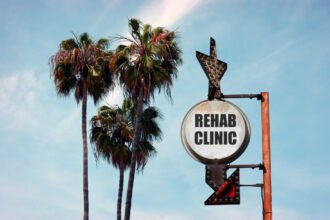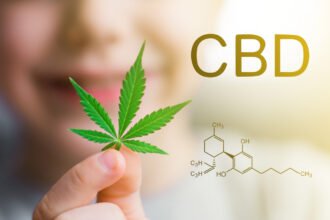Whenever addiction is involved, the question of causation always seems to surface. Is addiction hereditary or is a person’s environment to blame? This classic dispute between nature and nurture is longstanding. Nobody seems to agree about which one causes someone to become addicted to drugs or alcohol. And if we could just figure out which one it was, we would be able to help people overcome their addictions easier by eliminating the cause. However, a closer look into the issue reveals addiction isn’t caused by one or the other but rather a unique combination of both.
Made to Crave
As humans, we are naturally predisposed to addiction because we are hardwired for happiness. This is evident in nearly every choice you make. From eating a chocolate bar instead of kale to choosing to drive to work instead of walk, we are hardwired to choose pleasure over pain, no matter how insignificant the decision might be. The same is true when it comes to drug and alcohol consumption. People use these substances because they make you feel good. At least for a while. However, as the body increases its tolerance, we are left craving more, which often leads to addiction. And no one is immune to addiction. Yet the question remains — why do some people become addicts and others do not? Uncovering the answer requires a deeper dive into what inhibits and promotes these addictions.
Nurture: Environmental Cues
Five years ago, scientists conducted a study on cravings and substance abuse. They found that cravings are brought on by person-specific cues. This might include spending time with friends who partake of the same substance, revisiting a location linked to drugs or alcohol or even hearing or smelling something that reminds them of a time they used a substance. The study also found that these cues influenced users even more than being in the presence of paraphernalia. This suggests that a person’s environment largely affects their addictive tendencies and each environment is unique to the person experiencing it. So, what might trigger an episode of abuse for one person won’t affect the person next to them in the slightest. These person-specific cues can also cause recovering addicts to relapse even if they’ve committed themselves to sobriety. Thus, if scientists can link a person’s environment to their addiction, it’s only natural that a person’s family would have a large impact on their subsequent addiction. For example, if you grow up with parents who smoke and drink, you’ll likely grow up to do the same. Plus, every time you’re with your parents, you may be more tempted to binge-drink or get high. However, while a poor family environment may contribute to a person’s addictive tendencies, their family’s genetics also play a role.
Nature: Hereditary Traits
Scientists know that genetics contribute to half of a person’s likelihood of developing a drug or alcohol addiction. However, they are still unsure which genes are specifically responsible for this predisposition. Currently, they believe multiple genes contribute to a person’s risk of substance abuse, one of which is Nf1. This key gene regulates a signaling pathway linked with alcohol dependency by increasing the production of gamma-aminobutyric acid (GABA) within the body. GABA calms the central nervous system, reduces anxiety and helps you relax, further reinforcing dependency. Researchers have also found a number of other genes that increase the risk of addiction, including HTR1B. In studies involving mice, those without this gene were more likely to find cocaine and alcohol alluring than those who had the gene. Additionally, mice with a faulty Per2 gene drink three times more alcohol compared to mice with a fully functioning Per2 gene. Additionally, mice with an increased expression of the Mpdz gene don’t experience withdrawal symptoms as severe as those without the gene. Although human trials aren’t as common as those involving rats or mice, these experiments shed light on how human genes can affect addiction in similar ways. Moreover, scientists are finding that there’s no way to remove a single gene to prevent or correct addictions because multiple genes influence a person’s vulnerability, rather than just one.
The Complexity of Addiction
Ultimately, addiction is a complex beast. Both nature and nurture impact a person’s risk of developing an addiction. Whether it’s genes or the environment, both play a part in how you respond to certain substances. And your own personal cues and tendencies are probably completely different from everyone else’s because each person is unique. That said, just because a person has genes or is surrounded by people who use doesn’t mean they will develop an addiction. Likewise, people who have no environmental cues or hereditary traits may find themselves involved in substance abuse. In the end, being at risk or not at risk doesn’t define or dictate a person’s actions. It is possible to refrain from substance abuse or commit to sobriety, even if the odds are stacked against you.










